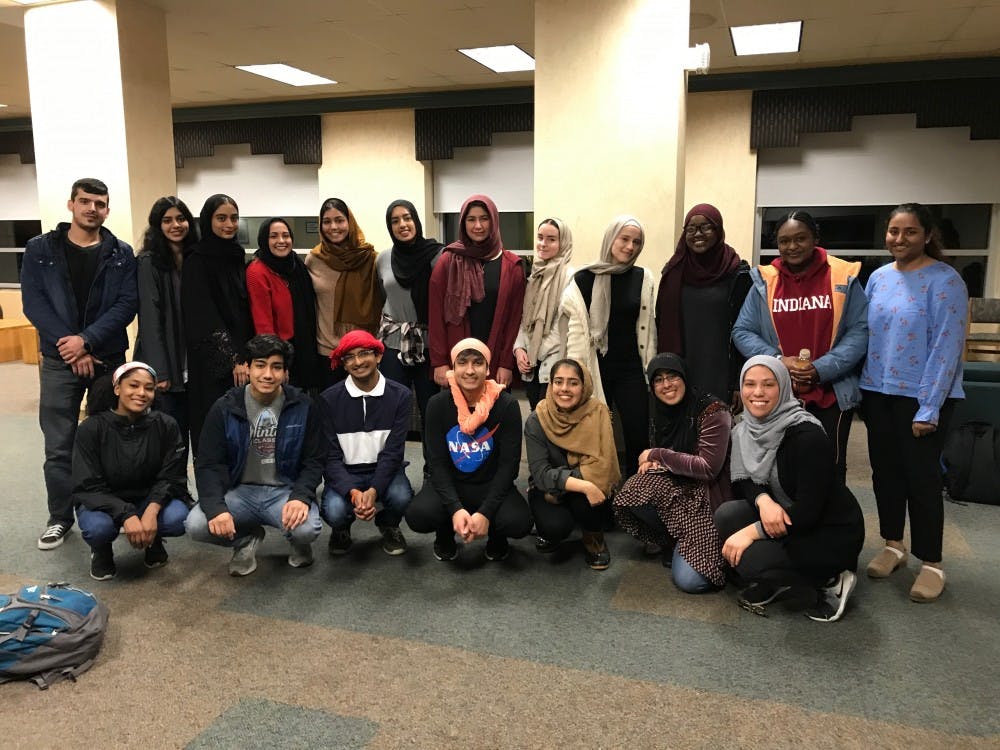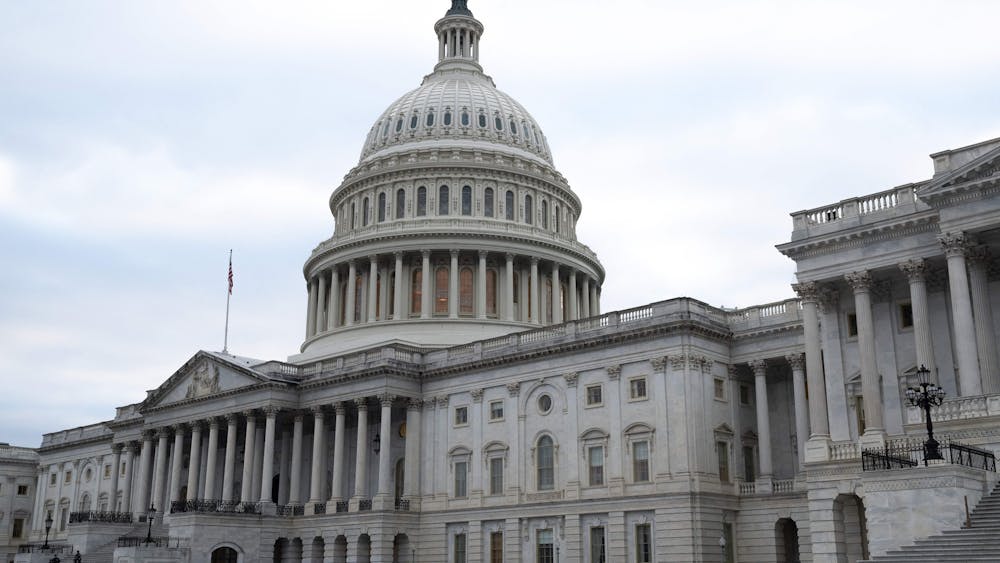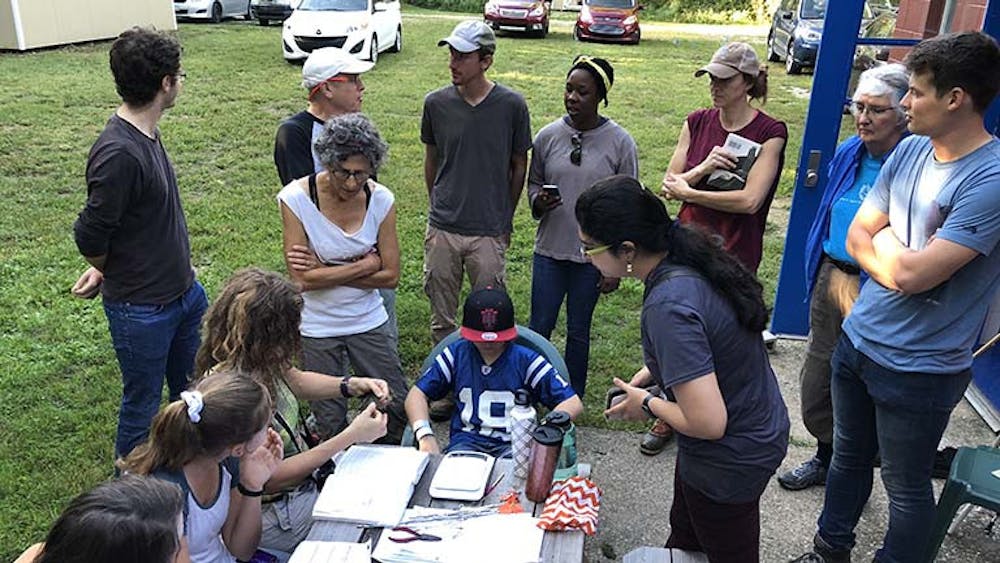Students gathered Wednesday in Teter Quad to discuss the significance of the hijab and hear women’s experiences wearing or not wearing it.
IU’s Muslim Student Association organized the event to acknowledge World Hijab Day, which was Feb. 1. MSA offers Muslim students at IU a community, the group’s president Hadeel Yousef said.
“The hijab is such a big part of our religion, so if there’s a day celebrating such a huge part of our religion we definitely want to come together and talk about it,” MSA social justice chair Tasfia Chowdhury said.
Discussion centered around what the hijab means to each person.
The hijab is most commonly recognized as the head covering Muslim women wear, Chowdhury said. But it is also a symbol of modesty, and it means different things to different people.
Both hijab wearers and non wearers were present at the event. They discussed the ways wearing a hijab might differ in Eastern versus Western cultures and the misconceptions that come with it on both sides.
Cynthia Love said she wears a hijab as a reminder to take care of herself and to be kind to others.
“One common misconception is that if you wear a hijab, you must be an angel, and you pray five times a day, and you do everything right, and that’s just not true for most cases,” she said.
Freshman Mariame Sow said people sometimes do not know that she is Muslim because she does not wear a hijab.
“It doesn’t distinguish if you’re a good Muslim or not,” she said. “Muslims come from all walks of life, and we all look different.”
The event’s attendees also discussed the difference between the hijab’s religious and cultural meanings.
Sophomore Faizah Akhtar said culturally, wearing a hijab is sometimes seen as oppressive when only conservative areas are considered, but religiously, it can be a symbol of power for women.
Male students shared the male perception of hijab, and both men and women discussed the different standards to which they are held.
In her experience, Akhtar said men generally do not get called out for immodest clothing as much as women do.
After the discussion, each attendee was encouraged to try on a hijab.
Chowdhury said she hopes the biggest takeaway from the event was a realization that hijab means more than the physical headscarf women wear. It means something different to each person.
“We want people to have a more holistic view of what the hijab is,” she said.






